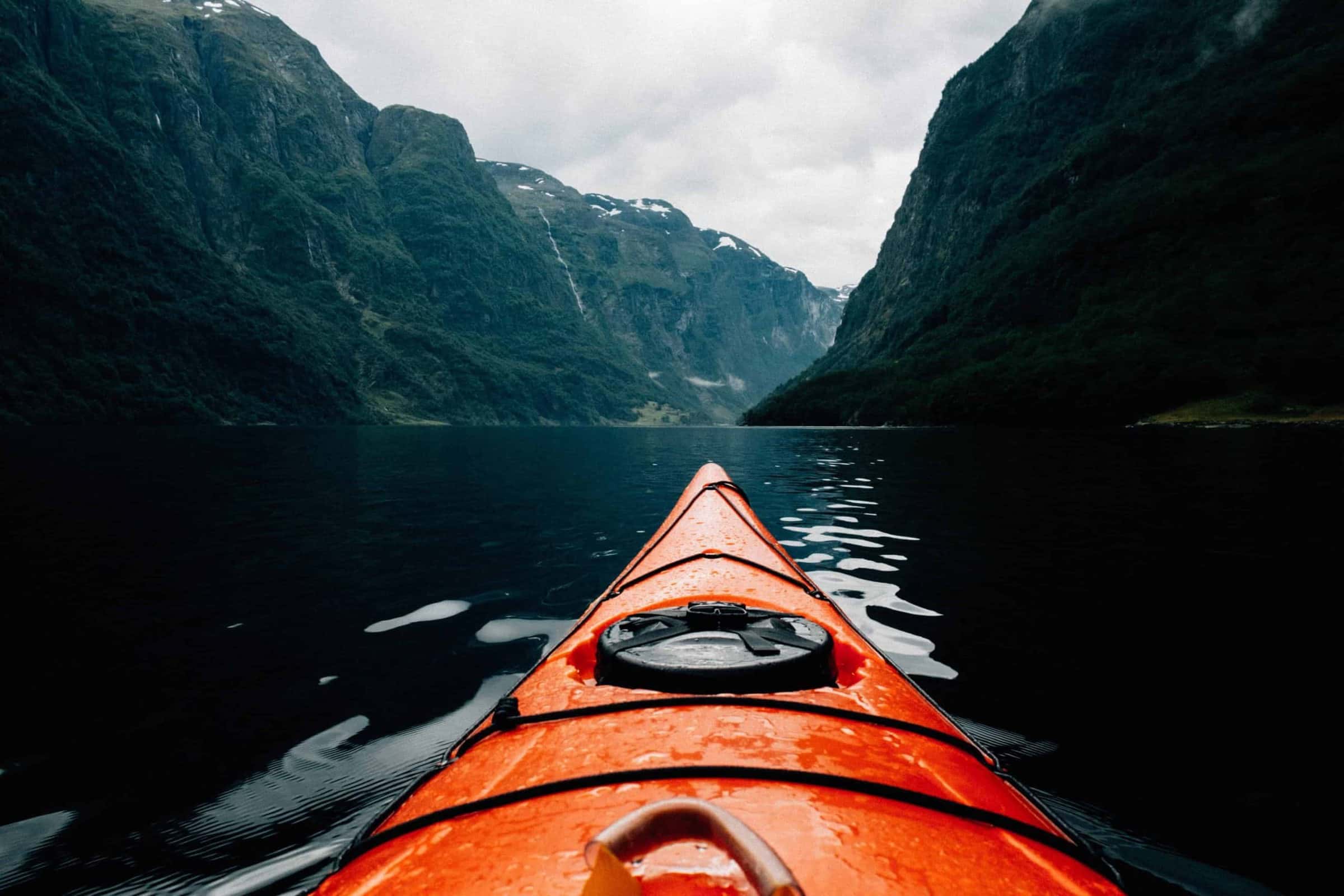Stand up paddleboarding (“SUP”) is one of the fastest growing watersports and it’s easy to understand why.
One of the simplest watersports, all SUP requires is a paddleboard, similar to a surfboard, and a paddle. You then you stand up (or kneel or sit) and paddle off into the distance. It can take a while to get your balance initially and paddling in a straight line takes some practice but most people will be standing up and going within minutes.
How active is it?
Once you’re up, paddleboarding is as relaxing or active as you’d like. For a light workout you can paddle gently, taking in the scenery and chatting with friends. If you’d prefer more activity, you can do jumps and tricks, do paddleboarding yoga, take part in races or sign up for long distance endurance challenges.

Is it a good workout?
Yes! Paddleboarding is an excellent workout for strength, endurance and balance. You’ll be working your core and leg muscles constantly maintaining your balance, while your arms will be toned from the paddling.
Where can I do it?
Almost anywhere. You can paddleboard on most waterways, whether canals, rivers, lakes or on the sea. There are lots of centres for offering paddleboarding popping up throughout the country and it’s often offered on weekend trips or activity holidays.
Is there anything to watch out for?
The key times to watch out is when there’s a lot of wind, waters are choppy or the tide is against you. At these times you’ll have to work harder to get the paddleboard going in the right direction.
So what are you waiting for, grab your paddle and board and get going!



